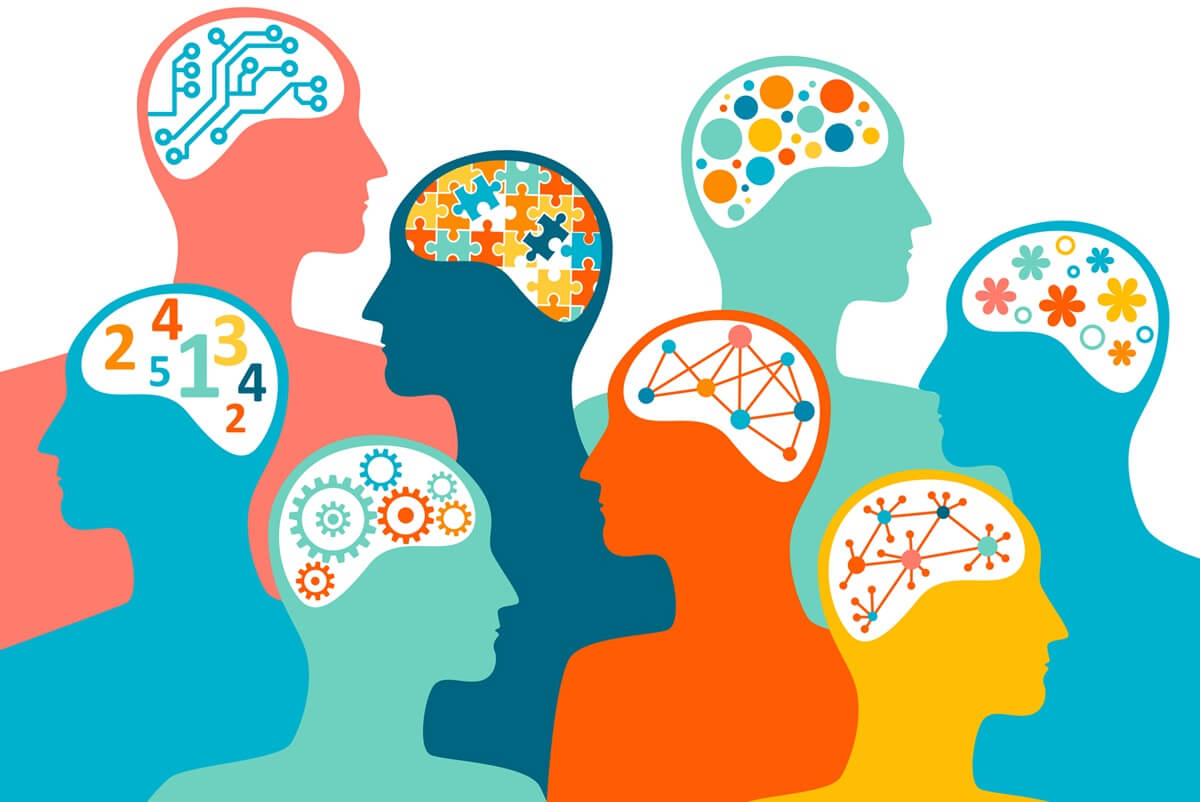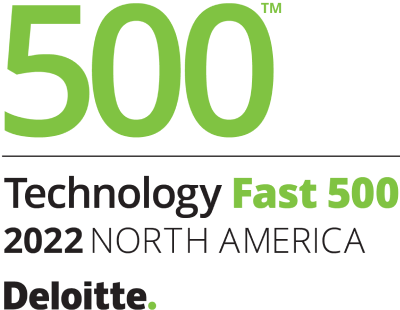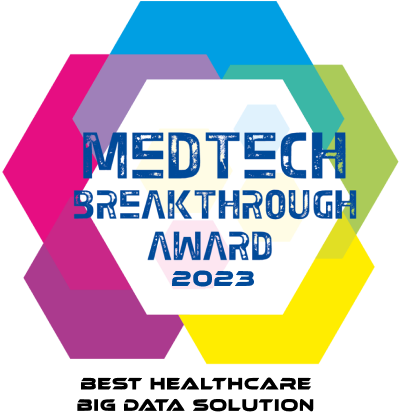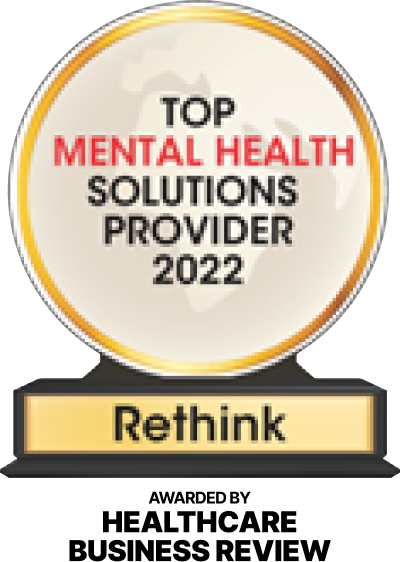April is Autism Awareness Month
As we recognize the importance of Autism Awareness Month, we also need to be aware of people with other developmental and learning disabilities that do not always get the spotlight.
To illustrate, we tend to think of neurodiversity as synonymous with autism. However, while all individuals with autism are neurodiverse, not all neurodiverse individuals are people with autism. The term neurodiversity covers other categories such as ADHD and learning disabilities. To take it a step further, neurodiversity, or the differences in learning, communicating, and behaving, is a natural variation in human cognition that applies to all individuals.
For many specialized hiring programs at companies, autism remains the focal point for recruiting, onboarding, and retaining talent. To no small degree, high-tech companies have had success in increasing the hiring of people with autism. Other employers follow the example set by these companies, so this approach remains the “gold standard.” However, employers are starting to broaden their autism hiring program scope to include other neurodiversity categories such as ADHD and learning disabilities.
According to the Centers for Disease Control and Prevention (CDC), ADHD is a biological disorder that can cause hyperactivity, impulsiveness, and attention problems. Learning disabilities such as dyslexia, dyscalculia, and dysgraphia, respectively, are characterized by difficulty with reading, difficulty with math, and difficulty with writing. The National Center for Learning Disabilities (NCLD) claims that 1 in 5 children have ADHD or a learning disability.
While this information is medically accurate, it is a simplistic way of understanding and appreciating the incredible complexity of having a lived experience of ADHD or a learning disability. These disabilities are lifelong and integral to how individuals learn, communicate, and behave. They might be “invisible” in the workplace because employees may have discovered or learned effective strategies to cope with their disability and social environment or have not disclosed their disability status. Others may have embraced their differences and gained self-acceptance which can foster self-confidence to further their career development.
Therefore, employers should provide reasonable accommodations for those with ADHD, learning disabilities, or other disabilities to gain the full benefits of working within a neurodiverse population that is to be expected in the workplace. The following section introduces the unique strengths to consider when including people with ADHD or dyslexia, just to name two examples. We will also address potential workplace issues and necessary accommodations. It is important to note that every person is different and has different needs, so it is crucial to respond to the individual rather than make assumptions based upon a traditional diagnostic label.
Attention-Deficit/Hyperactivity Disorder (ADHD)
Common Strengths:
- Energetic and enthusiastic
- Creative thinker and multi-tasker
- Calculated risk-taker and comfortable with uncertainty
- Sales and lead generator
Potential Challenges:
- Focus and attention to tasks or regaining focus after visual or auditory distractions
- Time management/completing long-term projects
- Interrupting or monopolizing conversation
Possible Accommodations:
- Supply noise-canceling headphones
- Position the desk closer to the wall or away from the aisle
- Create private areas in open-plan offices for uninterrupted work
- Provide flowcharts detailing steps and timelines when assigning project tasks
- Encourage asking for help when needed
- Give supportive feedback about communication
Dyslexia
Common Strengths:
- Creative problem solver
- Holistic thinker
- Skilled in identifying patterns and uncovering anomalies
- Entrepreneurial
Potential Challenges:
- Reading or writing
- Comprehension of assignments
- Speaking or communicating
- Task completion
Possible Accommodations
- Provide assistive technology software solutions such as spell check, writing assistant, or linguistic search
- engine to support the literacy needs
- Promote the use of text-to-speech technology
- Use readable font and spacing between characters, words, and lines in written materials
- Grant employees enough time to read information, gather thoughts, and then craft responses
- Follow up with meeting minutes or verbal instructions in writing
- Give supportive feedback about deadlines
While this article delineates neurodiversity categories, RethinkCare addresses the neurodiverse population as a centralized group in its inclusion training and clinical support. The reason for this is threefold:
- Every neurodiverse individual is different, and each expresses their learning, communication, and behavior in their own way. Their disability also impacts them in different ways. Therefore, “neurodiverse” should be treated as an inclusive umbrella term.
- A neurodiverse individual may have co-morbidities (i.e., multiple medical conditions), or specific characteristics of a given disability, for example, speech difficulty or sensory challenges.
- As people become more self-aware of their cognitive variances, they will echo their demands for companies to focus efforts on infusing neurodiversity inclusion into an organization’s DNA.
At this moment, we address neurodiverse individuals as “them.” However, as neurodiversity scope eventually expands to all individuals, we will see that it was always just “us.”
Contact us to learn more about how Rethink may help your organization promote neurodiversity and inclusion.










